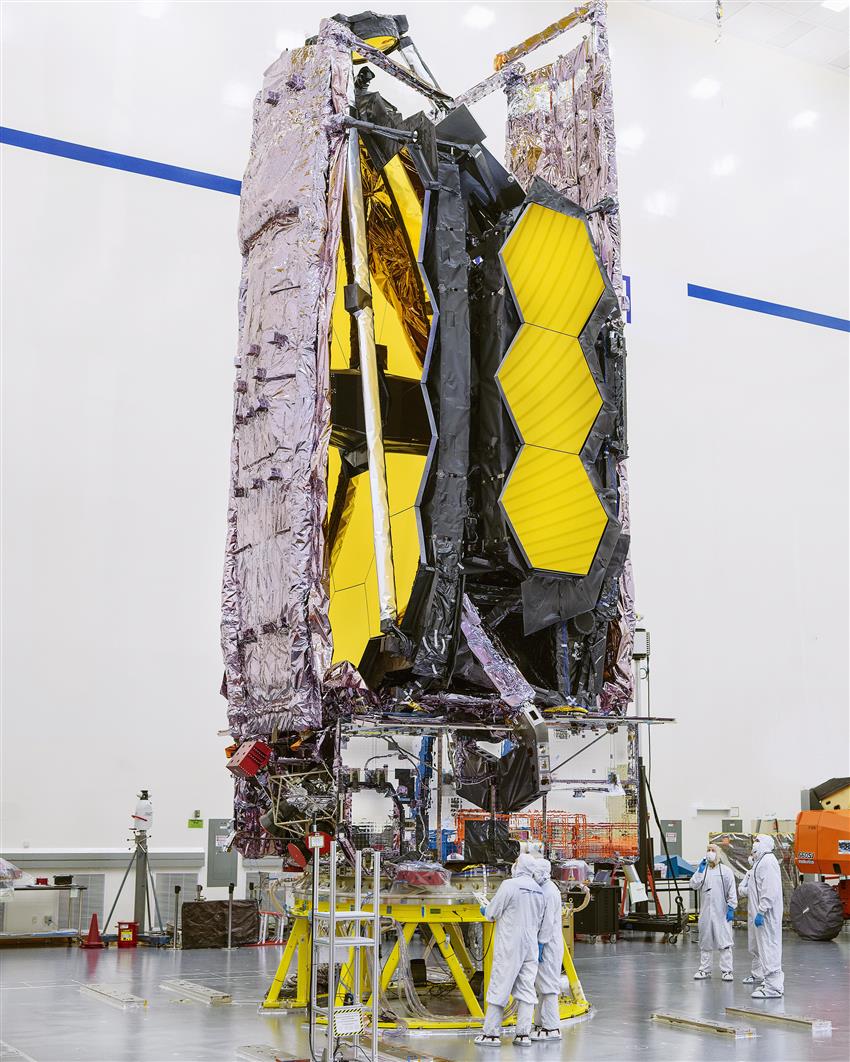James Webb Space Telescope successfully launches into space
Minister of Innovation, Science and Industry François-Philippe Champagne and Canadian Space Agency (CSA) President Lisa Campbell congratulate international partners and underline the efforts that led to Canada's contribution to this major mission. (Credit: CSA)
At 7:20 am ET, the James Webb Space Telescope was successfully launched atop an Ariane 5 rocket from Europe's Spaceport in Kourou, French Guiana.
The telescope, which promises to change our understanding of the universe, is an international collaboration between NASA, the European Space Agency, and the CSA.
Canada contributed two important elements:
- the Fine Guidance Sensor, which will guide the telescope with incredible precision during all of the telescope's observations; and
- the Near-Infrared Imager and Slitless Spectrograph (NIRISS), one of the telescope's four science instruments, which will enable scientists to observe distant galaxies and study exoplanets' atmospheres to determine their potential for supporting life.
In exchange, Canada will receive a guaranteed share of Webb's observation time, making Canadian scientists some of the first to study data collected by the most advanced space telescope ever built.





